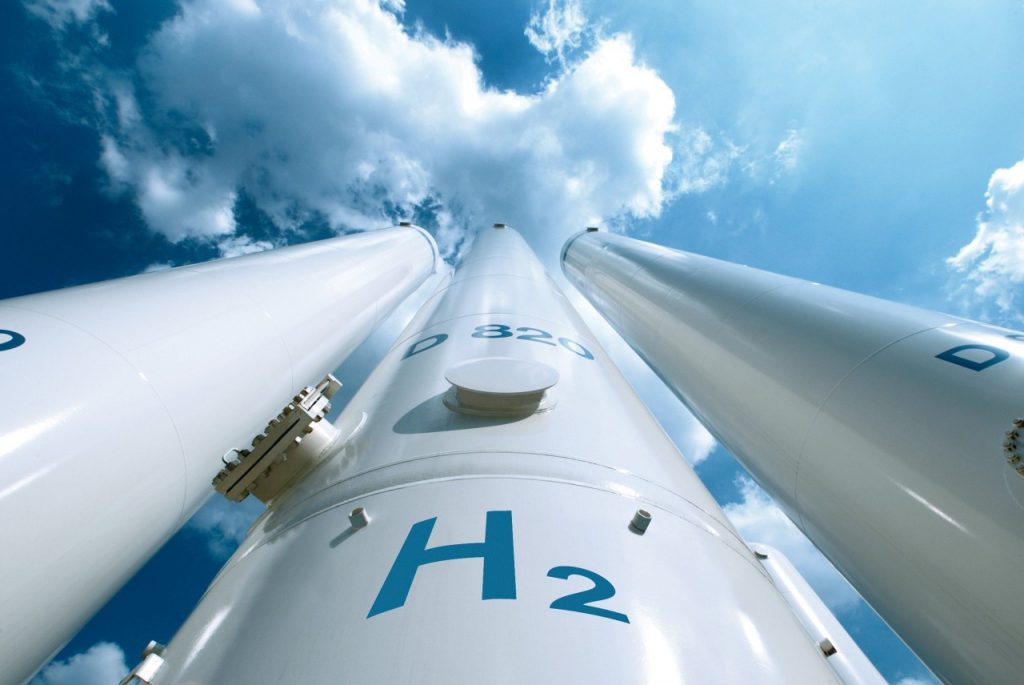21 april

In the city of Kobe, hydrogen heats and generates electricity for hospitals, sports clubs and trains. All this is within the framework of the national program of transition to a “hydrogen society". Japan was the first country in the world to formulate a hydrogen strategy in 2017. With its help, it expects to reduce greenhouse gas emissions by 46% by 2030 and achieve carbon neutrality by 2050, because hydrogen simply turns into steam when burned. But what is fundamentally important is how hydrogen itself is produced. When it is produced, CO2 is produced, which has to be captured and stored. The largest research and testing center for the production of “green” hydrogen FH2R was built near the Fukushima nuclear power plant.
According to the Director General of the Bureau of Fuel Cells and Hydrogen Technology FH2R, Ohiji Ohira, methods of hydrogen production without carbon dioxide emissions are being studied at this enterprise, using renewable energy sources as much as possible. “Green” hydrogen is obtained by electrolysis of water, as a result of which oxygen and hydrogen are released. No CO2 is released at any stage of the production chain. Hydrogen has been used in fuel cells for cars and homes for more than 10 years. But in the future, its share among energy resources should increase. “To achieve carbon neutrality, – Eiji Ohira is sure – hydrogen will be used not only in the production of electricity, but also as fuel in cars and industrial enterprises, instead of carbon-containing fuel. But in order to use hydrogen as a conventional fuel, it is necessary to reduce its cost. In Japan, we have set a goal to bring the cost of hydrogen to the current cost of fossil fuels sometime by 2050.”
One of the ways to reduce the price is to increase production abroad, that is, to make hydrogen available for import. The hydrogen energy supply chain in Kobe uses hydrogen produced in Australia and then delivered to Japan. The industrial concern Kawasaki Heavy Industries was the first to organize the sea transportation of hydrogen. It is cooled to a temperature of -253 ° C and transported to the consumer in liquefied form. The Suiso Frontier tanker will deliver cargo from Australia to Japan in 16 days. The executive director of the concern Masahiko Nishimura says that for regular transportation of liquefied hydrogen, it will be necessary to build vessels a hundred times more lifting capacity than Suiso Frontier.
In addition, another component of the liquefied hydrogen terminal is being developed – a specialized storage facility. “The storage should also be done as much as possible, – Motohiko Nishimura believes. – The tank that is located here is the second largest in the world. But when it comes to regular transportation, you will need a tank 20 times larger than this. Now we are developing a cylindrical flat-bottomed tank similar to the one used for the transportation of liquefied natural gas instead of spherical ones. Using such tanks, we will reduce costs.”
Source: euronews

